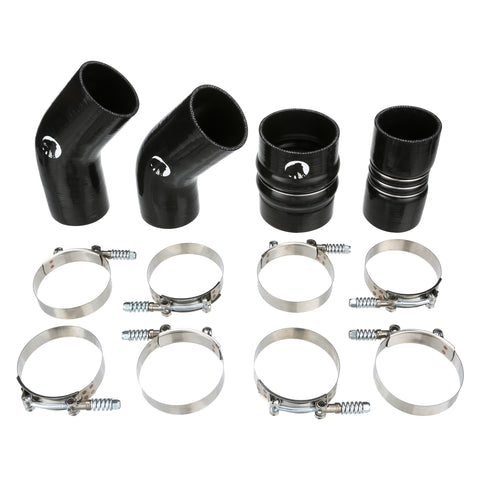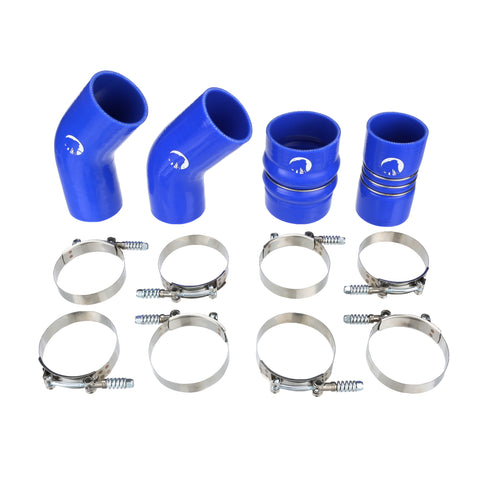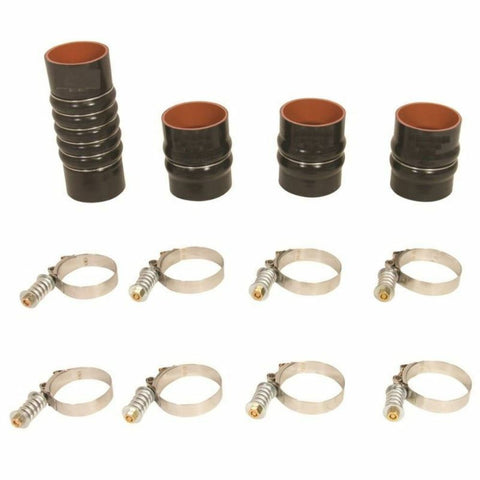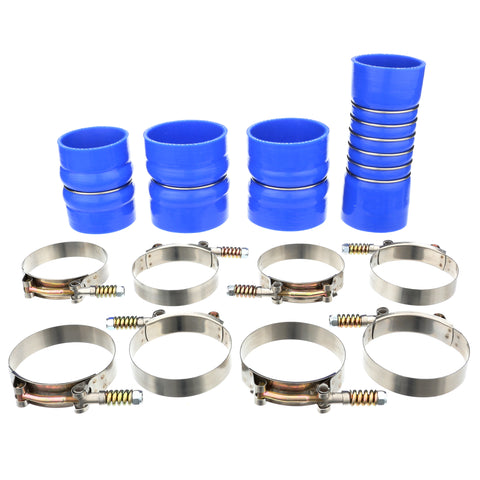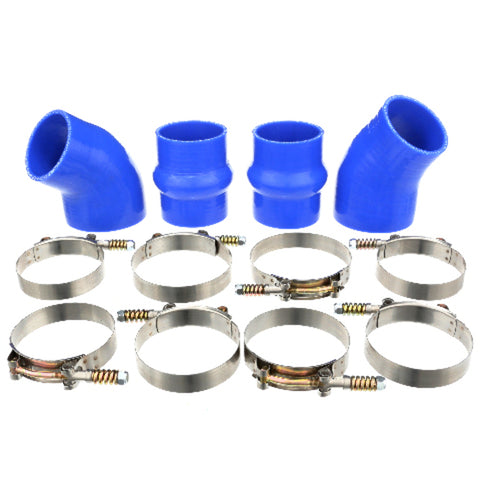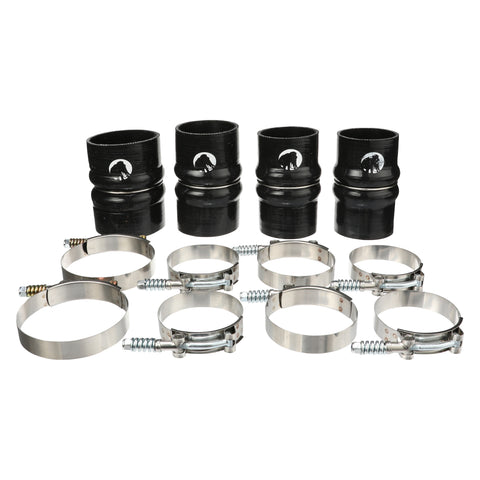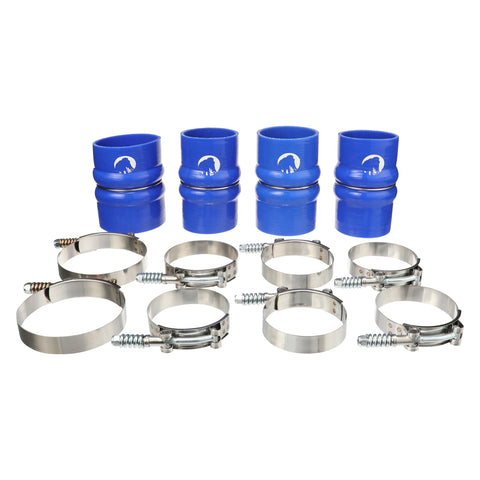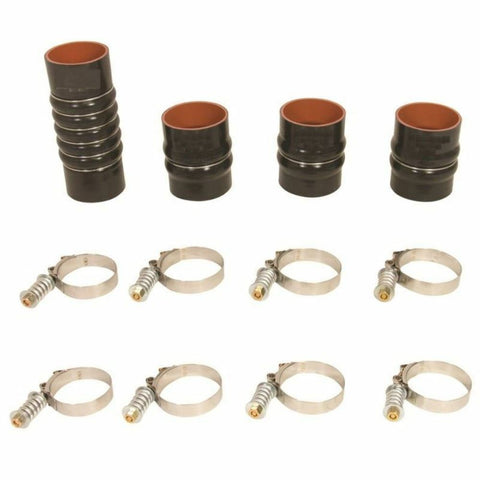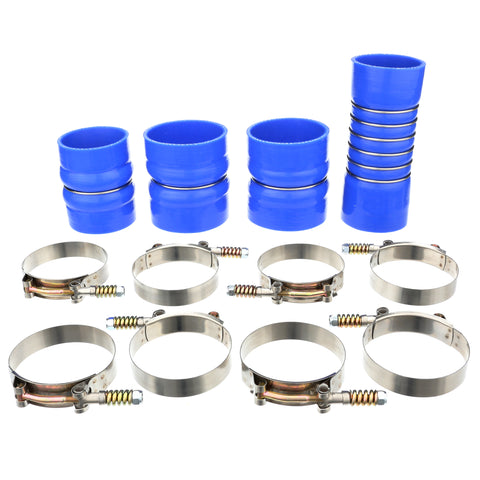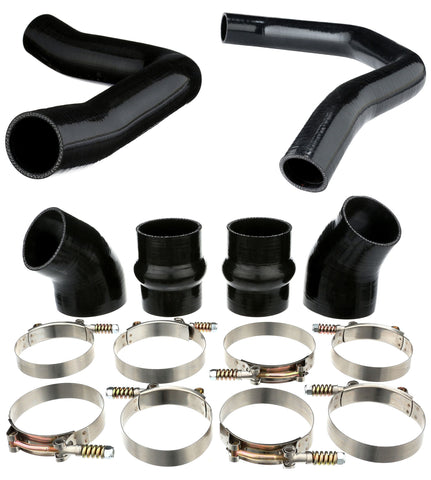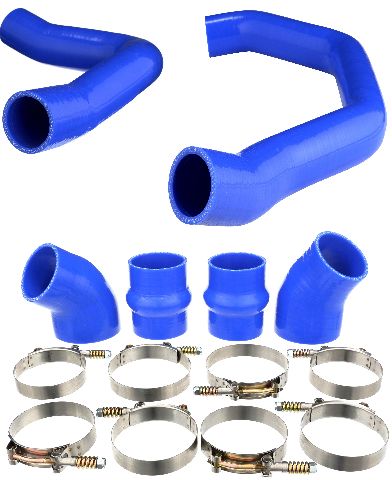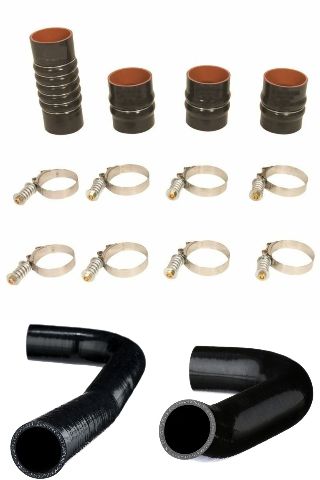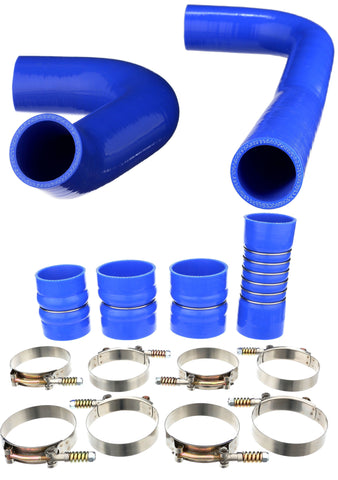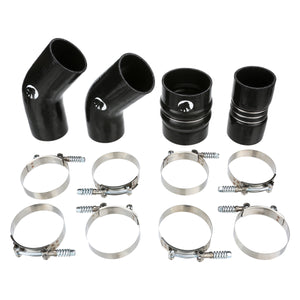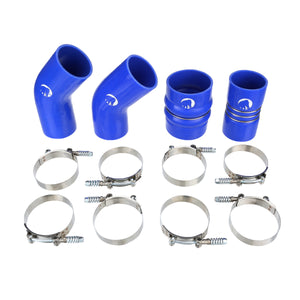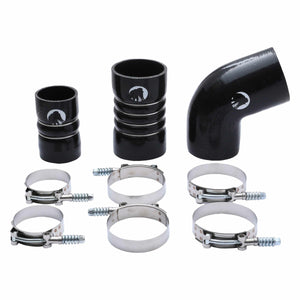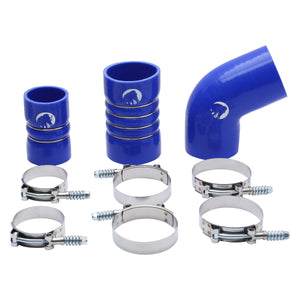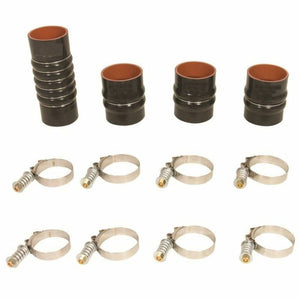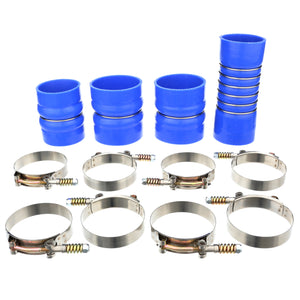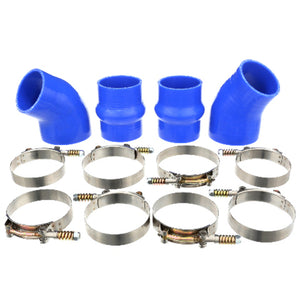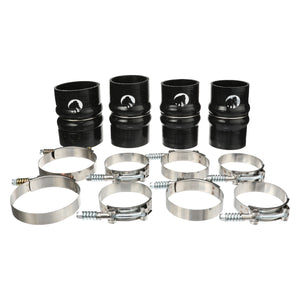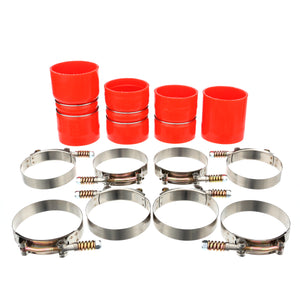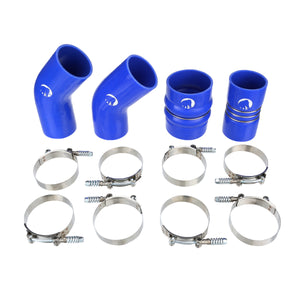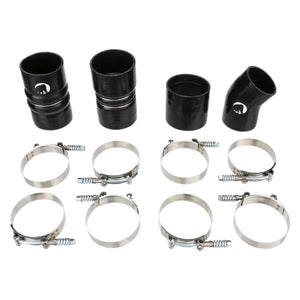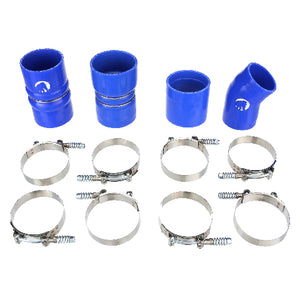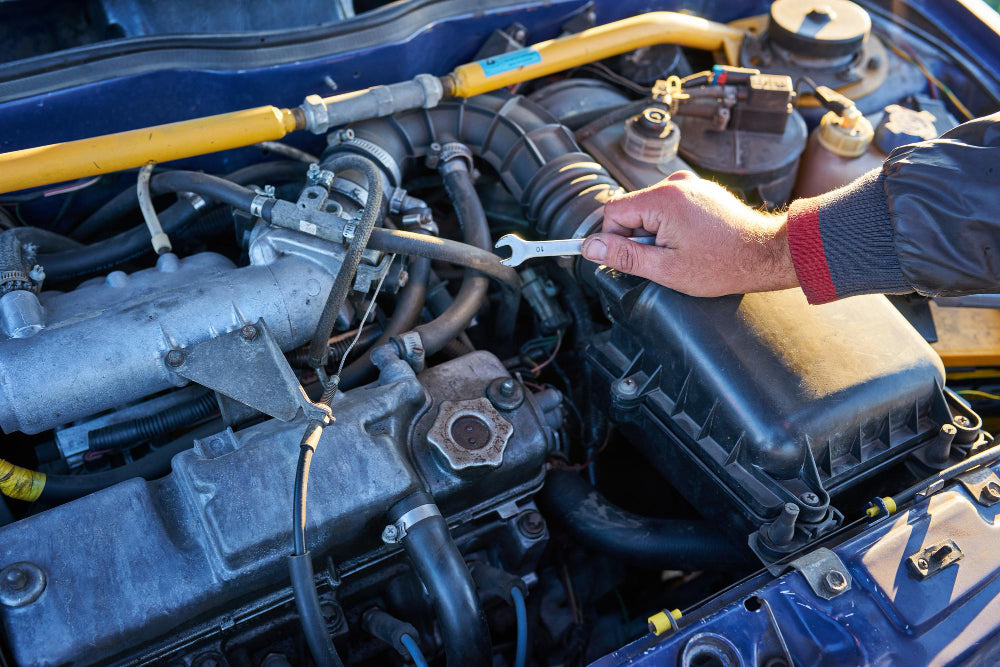Silicone Hoses in Extreme Conditions: The Unseen Champions of Durability

Table Of Contents
In the world of industrial applications, where materials are pushed to their limits, silicone hoses stand out as unsung heroes due to their remarkable resilience in extreme conditions. From the scorching heat of automotive engines to the freezing temperatures of aerospace environments, silicone hoses have proven their worth in maintaining integrity where many other materials fail.
Why Silicone?
Silicone, primarily composed of silicon, oxygen, carbon, and hydrogen, forms a polymer structure that gives silicone hoses their unique properties. These hoses are celebrated for their ability to withstand:
- Extreme Temperatures: Silicone hoses can operate effectively from as low as -54°C to as high as 177°C, or even higher depending on the formulation, without losing flexibility or integrity. This temperature range is critical in applications where sudden temperature changes or continuous exposure to heat or cold is expected.
- Chemical Resistance: They exhibit excellent resistance to chemicals like oils, fuels, solvents, and many acids. This attribute makes them ideal for environments where chemical degradation is a concern, such as in chemical processing plants or automotive fuel systems.
- Weather Resistance: Exposure to UV light, ozone, and weather elements can degrade many materials, but silicone hoses maintain their properties due to their inherent resistance to these elements. This makes them perfect for outdoor applications, including marine environments where moisture and salt can corrode other materials.
- Durability and Flexibility: Silicone remains flexible across its operational temperature range. This flexibility combined with durability ensures that silicone hoses can handle movement, vibration, and constant pressure without cracking or breaking.
Applications in Extreme Conditions
- Automotive Industry: Here, silicone hoses are used in cooling systems, turbocharger applications, and fuel lines. The ability to withstand high temperatures and resist oil and coolants makes them indispensable.
- Aerospace: In aircraft, where materials must endure not only temperature extremes but also altitude changes and chemical exposure, silicone hoses are vital for fuel lines, hydraulic systems, and environmental control systems.
- Medical and Pharmaceutical: The biocompatibility and cleanliness of silicone make it suitable for medical equipment where sterilization at high temperatures is routine, and resistance to medical-grade fluids is necessary.
- Food and Beverage: The industry benefits from silicone hoses due to their non-toxic nature, ease of cleaning, and resistance to food acids and bases, ensuring hygiene and safety in food processing.
Innovation and Manufacturing
Manufacturers have leveraged advanced manufacturing techniques to enhance the quality of silicone hoses. The process involves meticulous selection of raw materials, precise mixing, and curing under controlled conditions to ensure that each hose meets the rigorous standards for its intended use. These companies emphasize quality control and innovation, pushing the boundaries of what silicone can achieve in terms of performance and durability.
Conclusion
Silicone hoses, through their exceptional material properties, continue to be the go-to solution for applications where extreme conditions are the norm. Their ability to maintain performance under duress not only enhances safety and efficiency in various industries but also reduces maintenance and replacement costs. As industries evolve, so does the technology behind silicone hoses, making them an ever-reliable choice in the face of environmental extremes. Whether it's the harsh conditions of an engine bay or the sterile environment of a medical lab, silicone hoses remain a testament to engineering's capacity to adapt and overcome.


